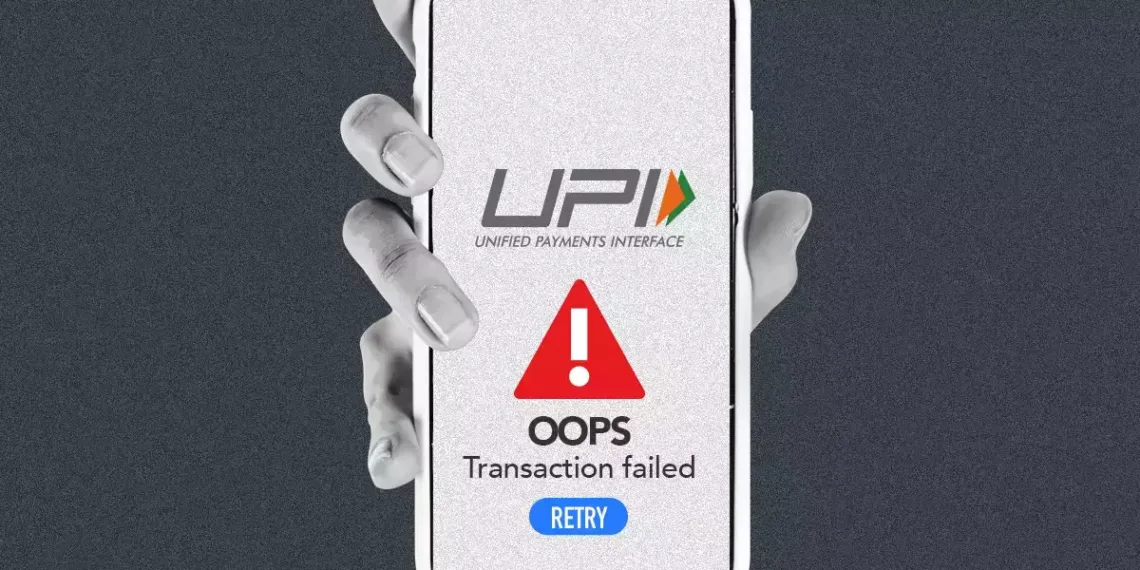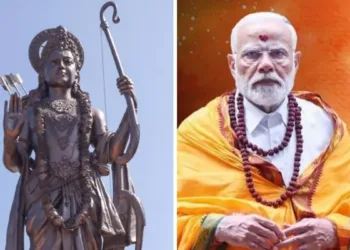UPI Outage Cripples Digital India: Imagine standing at a busy vegetable market, basket full of groceries, only to find your UPI payment failing repeatedly. Or sitting in a restaurant, meal finished, embarrassed as your payment app shows “Transaction Failed.” This was the reality for millions of Indians on March 26, 2025, when a nationwide UPI outage brought India’s digital payment ecosystem to a standstill.
Table of Contents
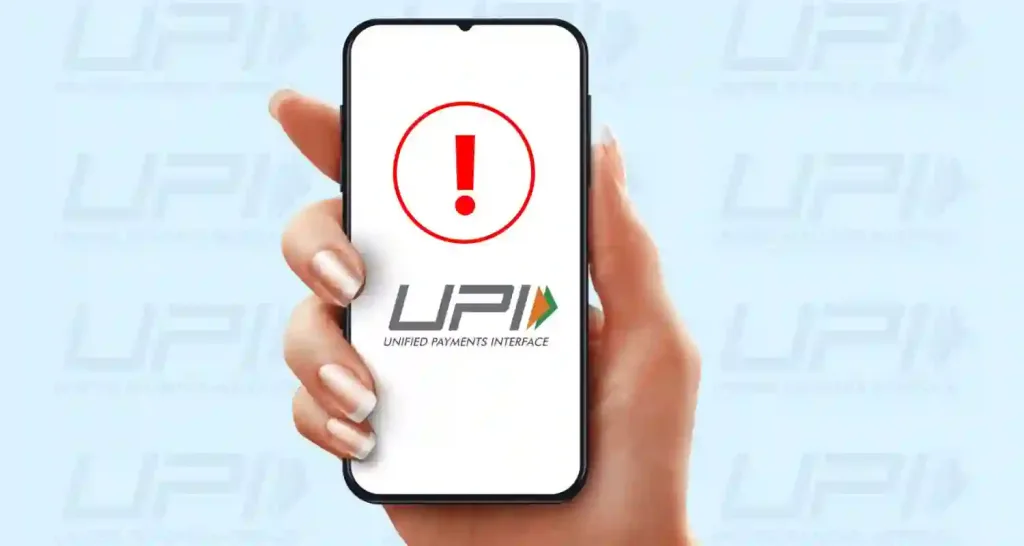
Understanding the March 2025 UPI Outage
The UPI outage on March 26, 2025, affected millions of users across India, creating chaos in a country that has rapidly embraced digital payments. What began as scattered reports of transaction failures around 4:00 PM quickly escalated into a full-blown crisis by evening, with users across major cities unable to complete even basic transactions.
Rajesh Kumar, a software engineer from Bangalore, described his experience: “I was trying to pay for my cab ride home when my Google Pay transaction failed. I tried multiple times, then switched to PhonePe and Paytm, but nothing worked. I had to ask the driver to wait while I found an ATM to withdraw cash—something I haven’t done in months.”
The National Payments Corporation of India (NPCI), which operates the UPI platform, confirmed that “intermittent technical issues” were causing partial transaction failures across the system. By 7:45 PM, Down Detector had logged over 3,200 complaints related to the disruption.
Timeline: How the UPI Outage Unfolded
| Time | Event | Impact |
|---|---|---|
| 4:00 PM | Initial reports of transaction failures | Users begin experiencing scattered payment issues |
| 5:30 PM | Social media complaints surge | #UPIDown trends on Twitter |
| 7:45 PM | Peak disruption period | 3,200+ complaints logged on Down Detector |
| 8:27 PM | NPCI acknowledges the issue | Official statement confirms technical disruption |
| 10:15 PM | System restoration begins | Gradual improvement in transaction success rates |
| 11:30 PM | Full service restoration | NPCI announces system stability restored |
The UPI payment outage forced many consumers to revert to cash transactions, creating long lines at ATMs across major cities. For a generation of young Indians who rarely carry physical currency, the experience was jarring.
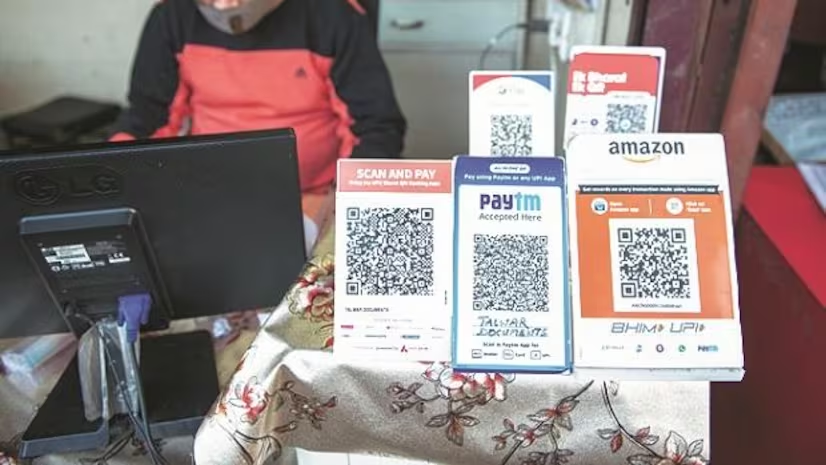
The Widespread Impact of the UPI Service Disruption
The UPI service disruption lasted approximately 4 hours before systems were restored, but its effects rippled through India’s economy. According to the complaint distribution data, 83% of issues involved payment failures, 13% were related to fund transfers, and 4% concerned application problems.
The disruption affected users across major metropolitan areas including Delhi, Mumbai, Hyderabad, and Kolkata, with varying degrees of severity. Platform-specific complaints revealed the extent of the problem:
| Platform | Number of Complaints |
|---|---|
| State Bank of India | 376 |
| Google Pay | 296 |
| Paytm | 119 |
Priya Sharma, who runs a small clothing boutique in Delhi’s Lajpat Nagar market, shared her experience: “Wednesday is usually one of our busiest days. When UPI stopped working, sales dropped immediately. Many customers promised to return the next day, but that’s lost business for a small shop like mine.”
The SBI UPI outage generated the highest number of complaints on Down Detector, with many users reporting that the outage prevented them from completing essential transactions. Similarly, the HDFC bank UPI outage affected thousands of customers who rely on the bank’s payment services.
Why This UPI Downtime Matters: India’s Digital Payment Revolution
To understand why this UPI downtime created such significant disruption, we need to appreciate UPI’s central role in India’s economy. In January 2025 alone, UPI processed 16.99 billion transactions worth ₹23.48 lakh crore, accounting for 80% of retail payments in India.
The UPI ecosystem now includes:
- Over 80 active UPI apps
- 641 integrated banks
- 62.35% share in person-to-merchant transactions
- 86% of merchant payments under ₹500
“What makes this UPI downtime particularly significant is how deeply UPI has penetrated everyday life in India,” explains Fintech analyst Vikram Mehta. “From buying vegetables at local markets to paying for auto-rickshaw rides, UPI has replaced cash in scenarios where digital payments were unimaginable just five years ago.”
For many small vendors who have abandoned traditional payment methods, the outage created serious cash flow issues. Ramesh, a street food vendor in Mumbai’s Dadar area, noted: “I stopped carrying a card machine two years ago because everyone pays through UPI. Today I lost half my business because I couldn’t accept payments.”
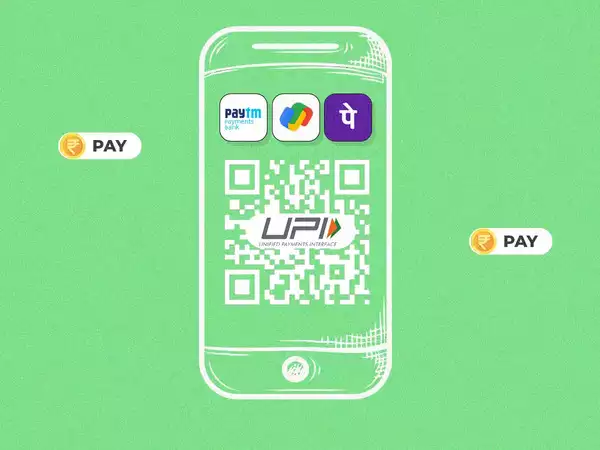
The Technical Side: What Caused the UPI Issues?
While NPCI described the problem as “intermittent technical issues,” experts have offered more detailed explanations for the UPI issues that occurred.
“The UPI system failure highlighted India’s growing dependency on digital payment infrastructure,” says cybersecurity expert Anand Prakash. “Based on the pattern of failures, this appears to have been a backend infrastructure problem rather than a security breach.”
Possible technical causes include:
- Server overload: The system may have experienced unprecedented transaction volume that exceeded capacity.
- Database synchronization issues: Problems with database replication across NPCI’s distributed systems.
- API gateway failures: Issues with the interfaces that connect different banks and payment apps to the central UPI system.
- Network infrastructure problems: Connectivity issues between critical system components.
What makes UPI particularly vulnerable is its interconnected nature. Unlike traditional banking systems where each bank operates independently, UPI creates a unified layer connecting hundreds of banks and payment apps. When this central infrastructure experiences problems, the effects cascade throughout the entire ecosystem.
Official Response: How NPCI Addressed the Crisis
NPCI’s official statement acknowledged the disruption as an “intermittent technical disruption” that resulted in partial transaction failures. Their communication timeline shows how the situation was managed:
- Initial acknowledgment (8:27 PM): NPCI confirms technical issues affecting UPI transactions
- Progress update (9:45 PM): Engineers identified the root cause and implementing fixes
- Resolution announcement (11:30 PM): System stabilized and returned to normal operation
- Follow-up statement (March 27, 10:00 AM): Formal apology and assurance of preventive measures
“We regret the inconvenience caused to users and are implementing additional safeguards to prevent similar incidents in the future,” the NPCI statement read. “The UPI system has maintained 99.9% uptime historically, and we remain committed to providing reliable digital payment infrastructure for India.”
Major banks and payment apps also issued statements directing users to alternative payment channels during the outage. SBI advised customers to use its YONO app for urgent transactions, while PhonePe and Google Pay kept users updated through social media.

Lessons Learned: Preparing for Future Disruptions
The March 26 outage has highlighted several critical areas for improvement in India’s digital payment infrastructure:
- Need for robust backup mechanisms: Payment apps could implement offline transaction capabilities that sync once connectivity is restored.
- Enhanced system redundancy: NPCI may need to invest in additional backup systems and geographic distribution of servers.
- Better communication protocols: Faster, more transparent communication during outages could help users make alternative arrangements.
- User preparation: Indians may need to maintain backup payment methods, including keeping some cash on hand.
“This incident serves as a wake-up call,” says digital economy researcher Dr. Meena Iyer. “As UPI continues to grow, the system’s reliability becomes increasingly critical to national economic stability. We need to treat digital payment infrastructure with the same importance as other essential utilities like electricity or water.”
The Future of UPI: Building a More Resilient System
Despite this setback, UPI’s growth trajectory remains strong. The system processed over 131 billion transactions in FY 2023-24, with a total value exceeding ₹200 lakh crore. This represents a significant year-over-year increase and demonstrates UPI’s central role in India’s digital economy.
The Reserve Bank of India has emphasized several priorities following the outage:
- Enhanced backend infrastructure
- Quick resolution protocols
- Improved service reliability
- Stricter compliance standards
For users, the experience offers important lessons about digital dependency. “I’ve started keeping ₹1,000 in cash in my wallet after yesterday’s experience,” says Deepak Verma, a college student in Delhi. “I never thought I’d go back to carrying cash, but it’s good to have a backup.”
Conclusion: Digital Dependency in Modern India
The March 26 UPI outage serves as a powerful reminder of how digital India has become. What began as a convenient alternative to cash has evolved into the primary payment method for millions. When that system falters, even briefly, the ripple effects touch virtually every sector of the economy.
As we continue to embrace digital transformation, building resilience into these systems becomes increasingly important. For NPCI and UPI stakeholders, this means investing in infrastructure, redundancy, and security. For users, it means maintaining awareness of alternatives and backups.
The outage may have been temporary, but its lessons should have a permanent impact on how we approach digital payment infrastructure in India.
Have you been affected by the recent UPI outage? Share your experience in the comments below and tell us how you managed during the disruption.

